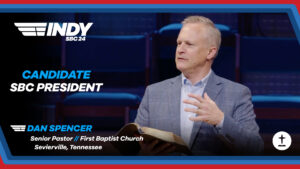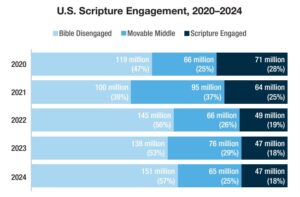
ORTARIO, Calif. (BP) — The American church has never been more analyzed and categorized, with predictions galore about where it’s headed, what it’s becoming, how it needs to change, and whether it is growing, plateaued or declining.
It’s easy to get lost in all this and decide the health of our own local church more intuitively — basically, do we like it? If we do, then it’s a “healthy” church. If not, then it needs to change so we will like it more, which is an unhealthy standard.
Somewhere between these extremes has to be a simpler way to understand the direction a church is trending — growing or declining, healthy or dying.
Three simple questions can help cut through the fog:
Does your church have more attenders under age 6 than over 60?
With rare exception, preschool children don’t bring themselves to church. They usually come with at least one parent — which means a church is attracting, connecting with and developing members among younger adults.
If there’s a paucity of preschoolers, you are not likely reaching younger adults. Your membership is aging and your church is slowly declining. Older members may be serving and giving — which is good. But when their generation passes (and it will happen faster than you think), your church will be history unless you are also reaching a younger generation.
Does your church have more adult baptisms than memorial services?
If your church is having more deaths than adult baptisms, you are losing more adults than you are reaching. Baptizing children and teenagers is important, but most of them will grow up and leave your church. Reaching adults in your community is essential to building a church that will last to the next generation.
If you are over 50, do you like everything about your church?
If the answer is yes, your church is probably on a downward trajectory. I am almost 60 and there’s a lot about how church is being done today that doesn’t connect with me. That’s OK. Millennials need to reinvent church programs, processes, methods and schedules to reach their generation. As I age, I hope to be less and less comfortable in church as the age difference between me and young adults grows.
Answer these simple questions for your church — and then get to work helping it be as healthy as possible!














